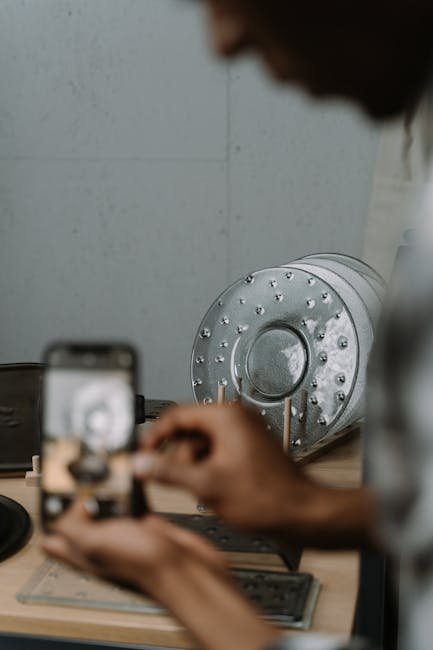Digital Twins: Revolutionizing Manufacturing Processes
In the ever-evolving world of manufacturing, staying ahead means embracing new technologies. One such game-changer is the concept of “Digital Twins.” If you’re curious about how this technology is reshaping industries, you’re in the right place! 🚀
Table of Contents
1. Introduction to Digital Twins
2. How Digital Twins Work
3. Benefits of Implementing Digital Twins in Manufacturing
4. Real-World Applications of Digital Twins
5. Challenges and Considerations
6. Conclusion
7. FAQs
Introduction to Digital Twins
Have you ever wished you could foresee how a product would perform before it’s even built? Digital twins make this possible. This innovative technology creates a virtual replica of a physical object, system, or process. By simulating real-world conditions, businesses can predict outcomes and optimize performance, all in the digital realm. 🌐
How Digital Twins Work
Digital twins operate by using sensors that gather data from the physical world and transmit it to their virtual counterparts. This data includes everything from environmental factors to operational conditions. The digital model then analyzes this data, helping manufacturers make informed decisions without the risk and cost of physical testing.
Benefits of Implementing Digital Twins in Manufacturing
Implementing digital twins offers a multitude of benefits:
1. Enhanced Efficiency: With real-time data, manufacturers can streamline operations, reducing downtime and increasing productivity.
2. Predictive Maintenance: By monitoring equipment performance, digital twins can predict potential failures, allowing for proactive maintenance and minimizing unexpected breakdowns. 🔧
3. Cost Reduction: Testing products in a virtual space eliminates the need for physical prototypes, saving money and resources.
4. Improved Product Design: Engineers can experiment with different designs and processes digitally, leading to superior products and innovation. 💡
Real-World Applications of Digital Twins
From aerospace to automotive, various industries are leveraging digital twins:
Aerospace: Companies like Boeing use digital twins to simulate aircraft performance, ensuring safety and efficiency.
Automotive: Car manufacturers use digital twins to optimize design and manufacturing processes, enhancing vehicle performance and customer satisfaction.
Healthcare: The medical field uses digital twins to create personalized treatment plans and improve patient outcomes. 🏥
Challenges and Considerations
While digital twins offer numerous advantages, there are challenges to consider:
Data Security: Protecting sensitive information is crucial, as digital twins rely on vast amounts of data.
Integration: Incorporating digital twins into existing systems can be complex and requires strategic planning.
Cost: Initial setup and technology investment can be high, though they often pay off over time.
Conclusion
Digital twins are revolutionizing the manufacturing industry by providing unprecedented insights and efficiencies. While there are challenges to address, the potential benefits make this technology an exciting frontier for innovation. As more companies adopt digital twins, we can expect to see significant advancements in product quality, operational efficiency, and overall industry growth. 🌟
FAQs
1. What exactly is a digital twin?
A digital twin is a virtual model of a physical object or system, used to simulate and analyze real-world performance and conditions.
2. How do digital twins improve manufacturing processes?
They enhance efficiency, predict maintenance needs, reduce costs, and improve product design by allowing for virtual testing and analysis.
3. What industries are benefiting from digital twins?
Industries such as aerospace, automotive, and healthcare are currently leveraging digital twins to improve processes and outcomes.
4. Are digital twins expensive to implement?
While the initial investment can be significant, the long-term savings in efficiency and cost reductions often outweigh the initial expenses.
Embrace the future with digital twins and watch your manufacturing processes transform for the better! 🏭✨













